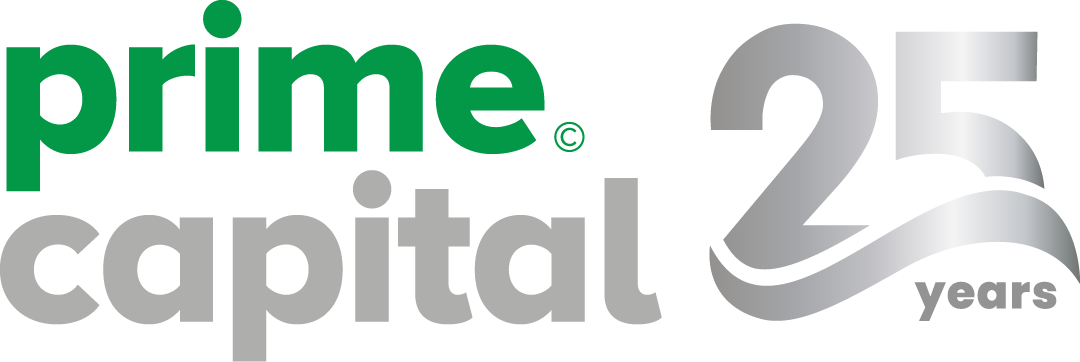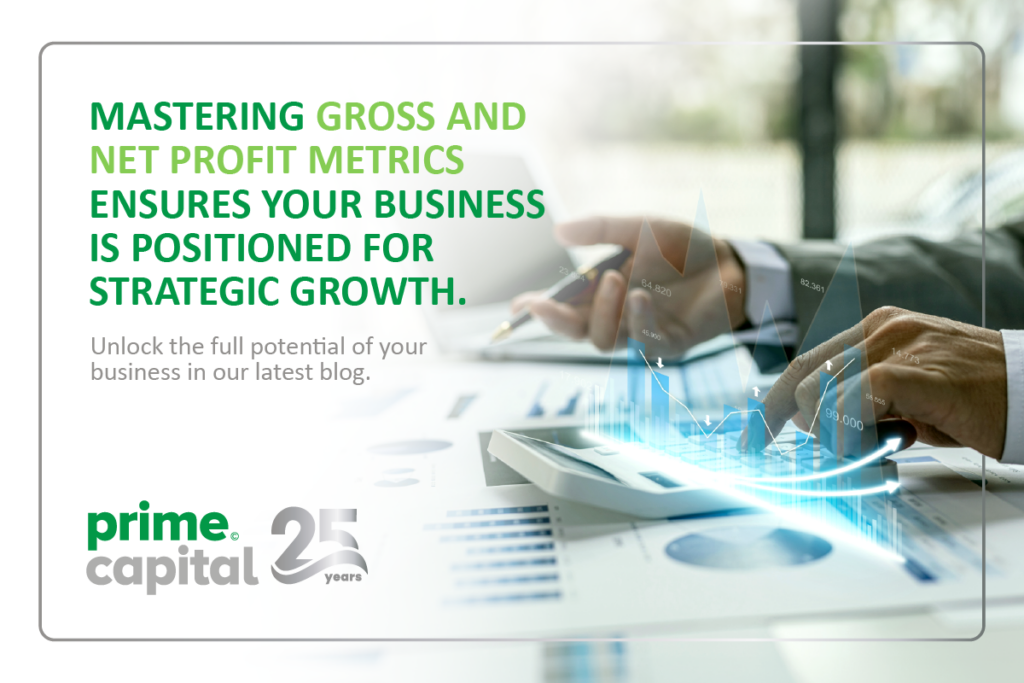Understanding gross profit and net profit is not just about knowing your numbers—it’s about unlocking the full potential of your business. These two metrics reveal the story of your company’s financial health, operational efficiency, and long-term viability. At Prime Capital, we’ve seen firsthand how mastering these concepts can be the difference between surviving and thriving.
This comprehensive guide will explore the nuances of gross and net profit, highlight their significance, and provide actionable strategies to help you leverage these insights for smarter decision-making.
Gross Profit: The Backbone of Operational Efficiency
What Is Gross Profit?
Gross profit is the revenue left over after deducting the cost of goods sold (COGS). These costs include materials, labor, and other expenses directly tied to producing your goods or services.
Formula:
Gross Profit=Revenue−COGS
Why It’s Important:
Gross profit highlights how efficiently your business converts raw materials and labour into revenue. It’s an essential metric for assessing pricing strategy and production efficiency. Without a healthy gross profit margin, even high-revenue businesses can struggle.
Key Insights:
- Benchmarking Profitability:
Gross profit margin (Gross Profit/Revenue×100) helps compare your business against industry standards, revealing how well you manage production costs. - Spotting Inefficiencies:
If gross profit margins shrink, it could signal rising material costs, labour inefficiencies, or underpricing. - Strategic Pricing:
A robust gross profit ensures your pricing strategy supports operational sustainability and room for growth investments.
Net Profit: The Final Verdict
What Is Net Profit?
Net profit reflects what’s left after deducting all business expenses—COGS, operating costs, taxes, and interest—from revenue. It’s the ultimate measure of profitability and business sustainability.
Formula:
Net Profit=Revenue−(COGS+Operating Costs+Taxes+Interest)
Why It’s Important:
While gross profit focuses on operational performance, net profit captures the full picture of your business’s financial health. It answers the question: Are we truly profitable after covering all our costs?
Key Insights:
- Profitability Trends:
Tracking net profit over time reveals whether your business is scaling effectively or bleeding money. - Cash Flow Alignment:
Net profit ensures you have the liquidity to reinvest, pay debts, or distribute earnings. - Investment Readiness:
Investors and lenders often assess net profit to gauge the sustainability of your business.
A Holistic Approach to Gross and Net Profit
Understanding how gross and net profit interplay is critical for making informed business decisions:
- Scenario Analysis:
A business with a high gross profit but a low net profit likely has bloated operating expenses. Conversely, low gross profit paired with a high net profit could indicate strong expense management but potential underpricing. - Break-Even Analysis:
Use gross profit to calculate break-even points, ensuring you know the minimum sales needed to cover your COGS. - Margin Growth:
Focus on improving gross profit margins (e.g., optimizing supply chains) and net profit margins (e.g., reducing overhead costs).
Actionable Strategies for Optimizing Profitability
- Refine Your Pricing Strategy:
- Use market research to price competitively while protecting gross profit margins.
- Implement value-based pricing to reflect the unique benefits of your products.
- Streamline Operational Costs:
- Negotiate with suppliers for bulk discounts.
- Invest in automation to reduce labor costs without compromising quality.
- Control Overhead Expenses:
- Regularly audit fixed costs (e.g., rent, utilities) and identify areas for savings.
- Leverage remote work or shared office spaces to reduce lease expenses.
- Tax Planning:
- Partner with financial advisors to uncover tax-saving opportunities.
- Consider leveraging depreciation schedules for capital investments.
- Track and Forecast:
- Implement financial software to monitor gross and net profit trends in real-time.
- Use forecasting tools to predict how changes in COGS, sales, or expenses will affect profitability.
Leasing: A Strategic Tool for Profit Optimization
Leasing offers a practical way to enhance both gross and net profit by optimizing expenses and improving operational efficiency. By spreading out payments over time, leasing reduces large upfront costs, helping businesses conserve cash flow while maintaining access to the equipment they need. This approach aligns with long-term financial goals by:
- Protecting Gross Profit Margins: Efficient equipment acquired through leasing can lower production costs, directly supporting operational efficiency.
- Boosting Net Profit: Leasing payments often qualify as operating expenses, offering potential tax advantages that reduce taxable income.
Strategically integrating leasing into your financial plan ensures flexibility, predictable costs, and better alignment with both short-term cash flow needs and long-term profitability goals.
Prime Capital: Trusted Experts in Business Profitability
At Prime Capital, we understand that profitability is more than a number—it’s a foundation for growth, resilience, and opportunity. With decades of experience helping businesses optimize their financial strategies, we’re uniquely equipped to guide you in maximizing gross and net profit.
Ready to Elevate Your Profitability?
Don’t let profit blind spots hinder your business’s growth. Schedule a call with Prime Capital’s financial experts today to explore tailored solutions for pricing strategies, cost management, and long-term financial planning.
👉 Schedule Your Consultation Now: https://www.pcclease.com/book-a-call/
By mastering gross and net profit metrics, you’ll not only ensure your business stays financially healthy but also position it for strategic growth. Prime Capital is here to help you at every step of the journey—because your success is our priority.





